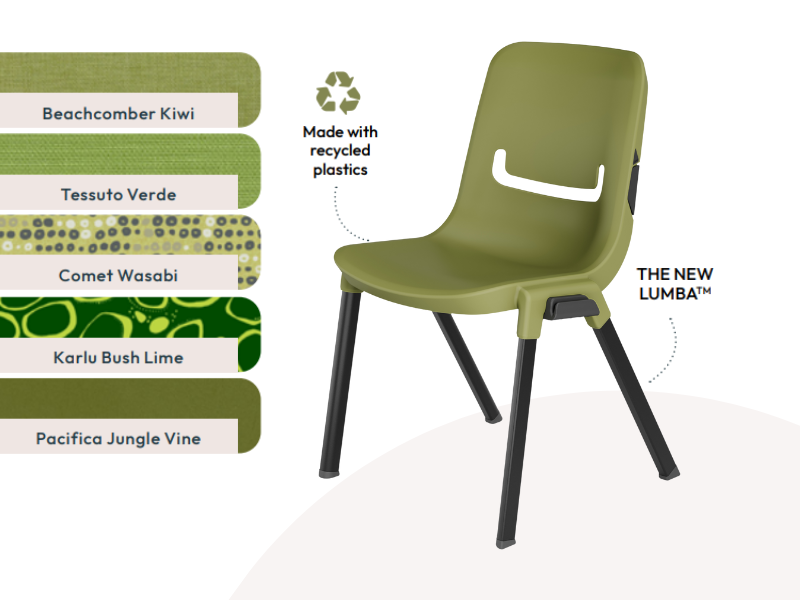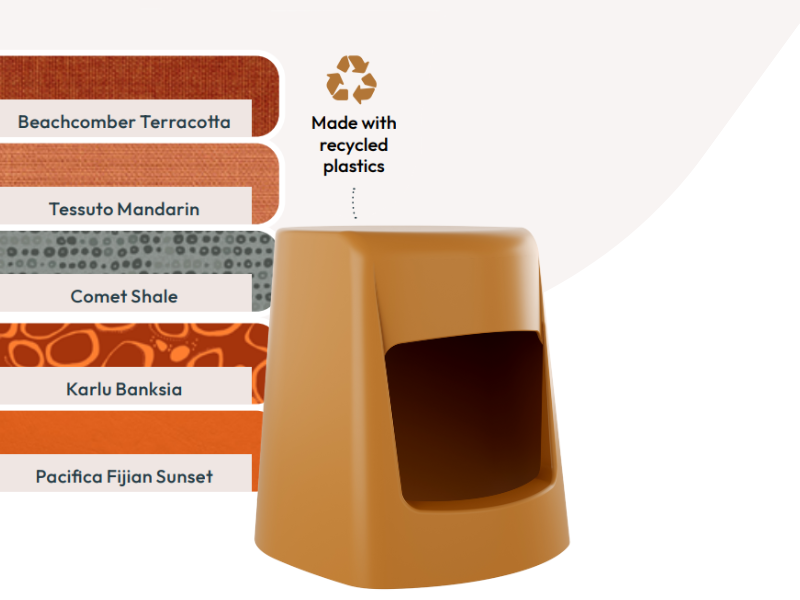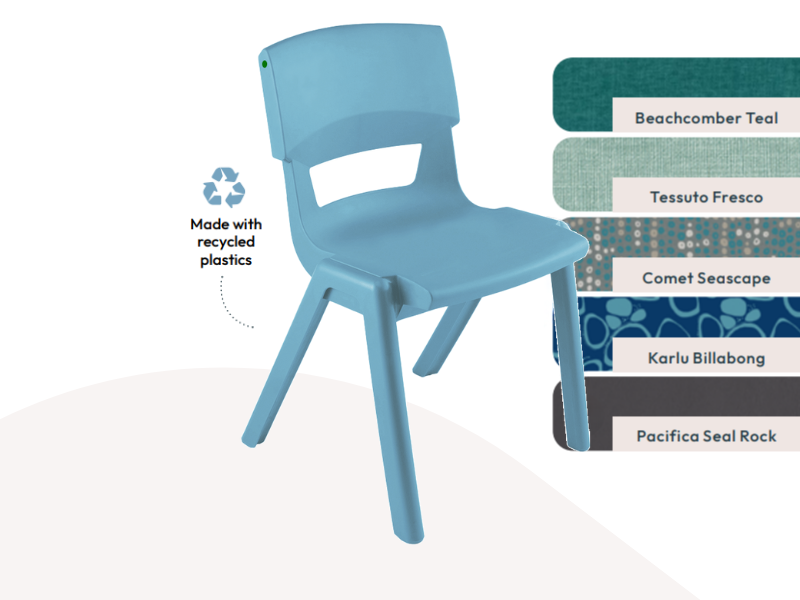
The colours used in a classroom can have a profound effect on student concentration, engagement, and emotional well-being. From calming blues that enhance focus to energising yellows that inspire creativity, understanding the psychology of colour can help educators create learning spaces that support student success.
Why colour matters in classrooms
Research shows that colour affects not just the look of a room, but how students feel and perform. Calming shades can help concentration; energising tones can spark creativity. The right colour strategy supports emotional well-being and creates an environment where learning thrives.
Blue & Green - calm, clarity, focus
Cool, natural tones such as blue or green support concentration, calmness and clarity - ideal for reading corners, study zones or individual work areas.
Yellow & Orange - energy and creativity
Warm accents like soft yellow or muted orange can energise discussion zones or creative corners, boosting enthusiasm, engagement and social learning.
Charcoal & Navy - grounding and mature
Can promote confidence and focus when used sparingly. Use in senior classrooms, exam rooms, leadership/makerspace areas to add calm authority.
Neutral tones – calm, flexible backdrops
Off-white, light grey and natural beige tones lower visual noise and keep classrooms feeling open. Perfect as a base palette, allowing accent colours and furniture tones to shine.
Biophilic Palette – grounding and emotional regulation
Colours drawn from the natural world (forest greens, stone greys, eucalyptus, sand, timber warmth) lower sensory stress and support wellbeing. Best for breakout spaces, transition zones and areas where students decompress or work independently.
Red – stimulation and alertness
Red increases energy and draws attention, making it useful for quick visual cues or small highlight areas. Best used sparingly - too much red can feel overstimulating in classrooms.

A biophilic palette - inspired by nature - brings a calm, grounded atmosphere into the classroom. Think forest greens, ocean blues, warm ambers and soft grey undertones. These shades are often associated with improved concentration, increased creativity and greater emotional ease.
Our Recycled Postura® Chairs and Twist’n’Lock™ Tables are available in biophilic colourways, ready to bring this calming palette into your learning spaces.


People usually see colour using three types of cones in the eye. Interestingly, some animals - and a small number of females - have four cones, which means they detect colours outside the range most people experience.
Colours fall broadly into two families:
Warm hues like red, orange and yellow feel active and energising.
Cool colours: blues (like our Recycled Postura Max Chairs® in Ocean), greens and lilacs, create a calmer, more balanced atmosphere.
1. 'Cold and warm coloured classrooms. Effects on students’ attention and memory measured through psychological and neurophysiological responses'. Science Direct, 2021. 2. 'Neurophysiological and psychological effects of color and ceiling height in learning spaces'. Science Direct, 2025. 3. 'Well-designed classrooms can boost learning progress in primary school pupils by16%, new research reveals'. University of Salford Manchester', 2015.